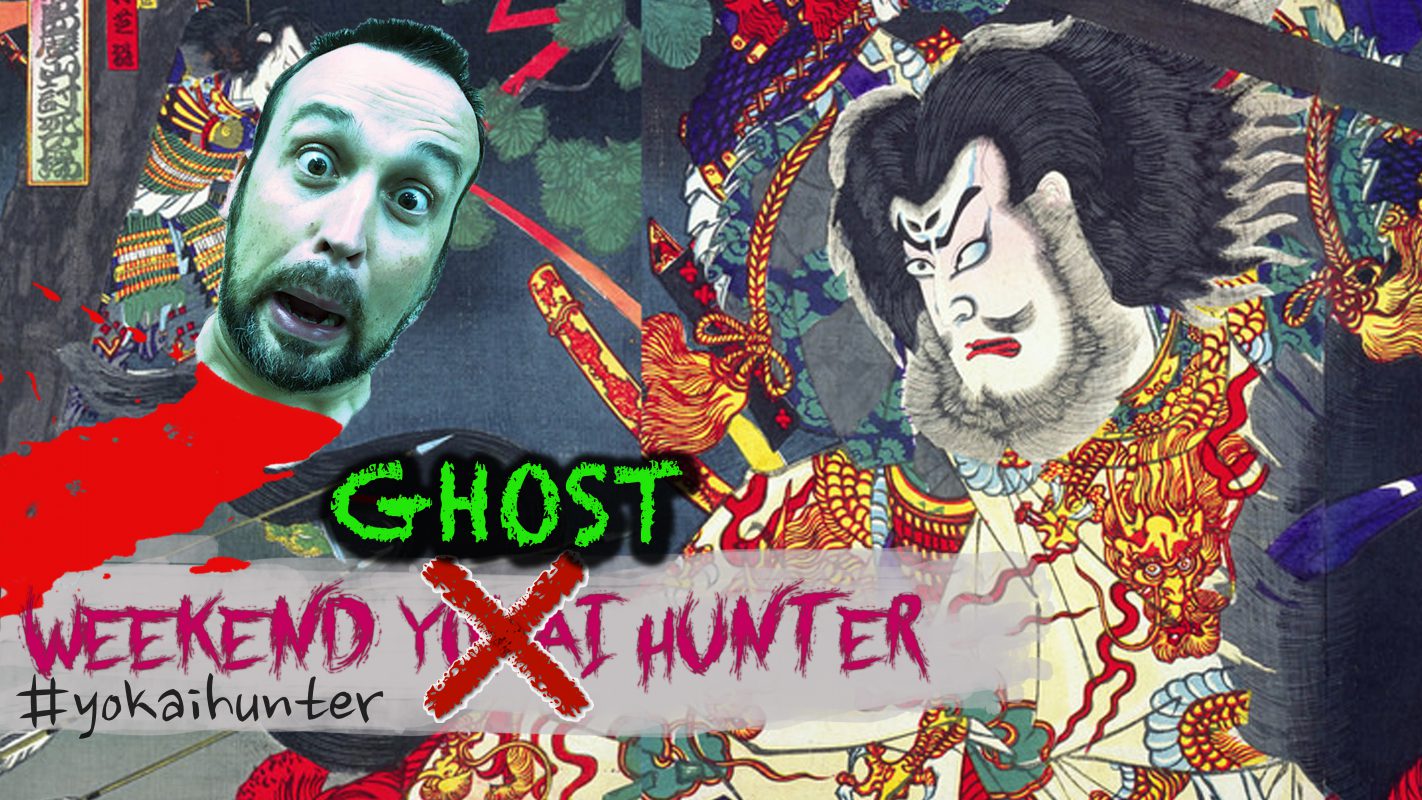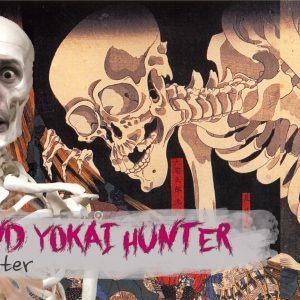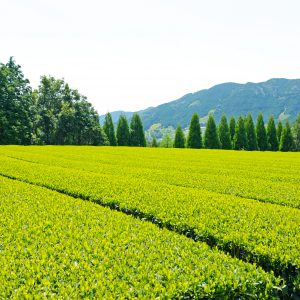
Well, hello there folks! Did you miss me!? After a brief hiatus due to the recent International Manga Camp and Summit in Kumamoto, your resident Yokai Hunter is back… just in time for my most treasured event of the year: HALLOWEEN!!
As October is the spookiest month of the year, I have decided to switch from my usual Yokai hunts and turn my attention to some of Japan’s creepiest ghost stories and urban legends! So, without further ado, let me introduce you to…
…TAIRA NO MASAKADO!
Who might that be, I hear you ask? Well, in addition to being Japan’s first ever samurai, Taira no Masakado is also considered to be of one Japan’s “Three Great Vengeful Spirits”. So, not only was he an incredibly important figure during his lifetime, he also continues to have a chilling impact on his nation from beyond the grave!
HISTORY
Though his exact birthdate is unclear, it is believed that Taira no Masakado was born in Edo, present day Tokyo, during the Heian Period (903 CE). A descendent of Emperor Kanmu and part of the elite Kanmu Taira clan, Masakado was born into very a privileged life with substantial lands and retainers. Unfortunately for Masakado, his father’s death and subsequent inheritance was the spark that lit the fire that would consume the rest of his life. At the time, inheritance laws in Japan were yet to be fully established. Unfortunately, this made Masakado a target for his various uncles’ envy as they attempted to steal most of his father’s land under the guise of their royal lineage. In 935 CE, Masakado was the target of an ambush when an uncle, supported by a group of Minamoto clan warriors surprised the Lord, escalating this family dispute into all-out war!
Not the type to take things lying down, Masakado was both strong enough to fend off his would-be assailants, and ballsy enough to take revenge. Invading his uncles’ lands, his force obliterated all before them, killing thousands in the process. Word of the conflict reached the Emperor, but due to Masakado’s actions being well within the laws of the land, he was pardoned.
Enraged by this verdict, Masakado’s father-in-law and relatives launched yet another attack on him, but yet again, were quickly defeated. This latest attack proved to be the final straw for Masakado, prompting him to immediately request permission from the government to apprehend his attackers. Little did the government know however, that he would use this document as justification to gain revenge. What followed was nothing more than empire building, as he invaded and conquered eight entire provinces!
In spite of taking so much land by force, the peasants of those provinces were treated much better under Masakado’s leadership, and gladly welcomed the new reforms he brought. In a show of strength due to fears he had his eyes on the Chrysanthemum Throne, the government labeled him a traitor and put a bounty on his head. A mere 59 days later, he was killed in a skirmish in Shimōsa Province, where his decapitated head was taken to the capital Kyoto to be put on display as a macabre warning to would-be dissenters.
What happened next however, still sends chills down the spine of present day Japan…
THE LEGEND
Despite his grisly demise, it is said that Masakado’s head showed no signs of decomposition at all, looking as fresh as the day it was cleaved from his shoulders. If that wasn’t creepy enough, it’s even rumored that his actual facial expression contorted into one of pained anguish!
Clearly not happy with being made an example of, legend has it that Masakado’s head actually removed itself from it’s pike and proceeded to fly back home to his native Edo. His long journey across the country ended when it was found in Shibazaki, a fishing village in what is now present day Tokyo. To the lower-classed residents of Edo, Masakado was considered a champion of the people who had the courage to stand against the emperor and his inefficient government. As such, they carefully cleaned his head before burying it and erected a shrine atop of it, by the name of “Kubizuka”.

At the entrance of Masakado’s “Kubizuka” Tomb in Otemachi. I genuinely felt a tad nervous dropping by!
THE CURSE
Throughout the ensuing centuries, Edo/Tokyo enjoyed relative peace, but over time it became apparent that the city’s fortune seemed to correspond with how well Masakado’s shrine was cared for. In the early 1300’s a great plague struck Edo and it was thought that neglect of Masakado’s shrine was the cause. Eager to appease Masakado’s angry spirit, the people of Edo officially deified his soul in a larger, more prestigious shrine in Kanda. This seemed to do the trick for a few centuries, but his rage soon reared its ugly head once more! In the wake of the Great Kantō Earthquake, the government decided to temporarily move the Ministry of Finance to the site of Masakado’s Kubizuka tomb…
… Which was a very bad idea.
According to official reports, several high ranking people working for the Ministry of Finance became curiously sick, before suddenly dropping dead soon after. In addition, several other employees lost their lives, in what can only be described as freak accidents ranging from objects falling on them, to people falling down elevator shafts! One more thing worthy of mention, is that many of the injuries suffered by the workers were actually to the feet and legs. An omen perhaps, that Masakado was angry about having his grave walked over?
With the sudden surge in unexplained deaths from “accidents”, the Ministry of Finance had no choice but to abandon construction of the temporary office. Despite the change of plan, Masakado’s anger still wasn’t appeased, and two decades on in 1940 (precisely 1000 years after his death), a freak lightning bolt hit the Ministry of Finance headquarters, burning it to the ground!
The curse of Masakado still showed no sign of stopping however, when five years later during the American occupation immediately following World War II, the U.S military unwittingly tried turning the site into a parking lot. This of course proved to be a disastrous idea, and its construction was immediately halted when a bulldozer was freakishly flipped over killing its driver instantly.
Throughout the 20th century there were many other unexplained accidents, sightings, and sicknesses in the area, all of which garnered purification rituals in order to temper Masakado’s anger. However, it wasn’t until 1984 that the government gave in to public pressure and formerly reinstated his spirit at the Kanda shrine (it was moved to a smaller shrine in 1874, just prior to Emperor Meiji’s visit, essentially due to Masakado being an enemy of the emperor), and vowed to take great care of his shrine for evermore.
MASAKADO TODAY
To the residents of Tokyo, Masakado’s legend remains just as revered today as it did the day his head landed in Shibazaki. His most famous appearance in modern day entertainment however, is undoubtedly the novel ‘Teito Monogatari’ by Hiroshi Aramata. The 1983 novel was such a success, that it not only inspired a manga adaption, but also a series of anime and live action movies. The anime in particular was a huge hit overseas, selling a large number of units under it’s localized title Doomed Megalopolis.
Visitors to Tokyo can also visit the ‘cursed’ ground of his Kubizuka tomb in Otemachi. I went there myself just this week and was overawed by it’s history and relevance to the city as a whole. There is currently a HUGE construction project taking place right next to the tomb and as a safety precaution, the area above the sacred ground is actually protected by a reinforced roof so as not to disturb Masakado’s slumber. I was also taken aback by the constant influx of people visiting his shrine and offering him prayers; truly a stark reminder of just how revered, and feared, Taira no Masakado really is…
So there you have it, the curious legend of Japan’s “first” samurai and foremost vengeful spirit! I hope you enjoyed this spine-chilling October installment of the “Weekend Yokai Ghost Hunter” and I look forward to revealing another of Japan’s spooky urban legends next week!
Until then!























